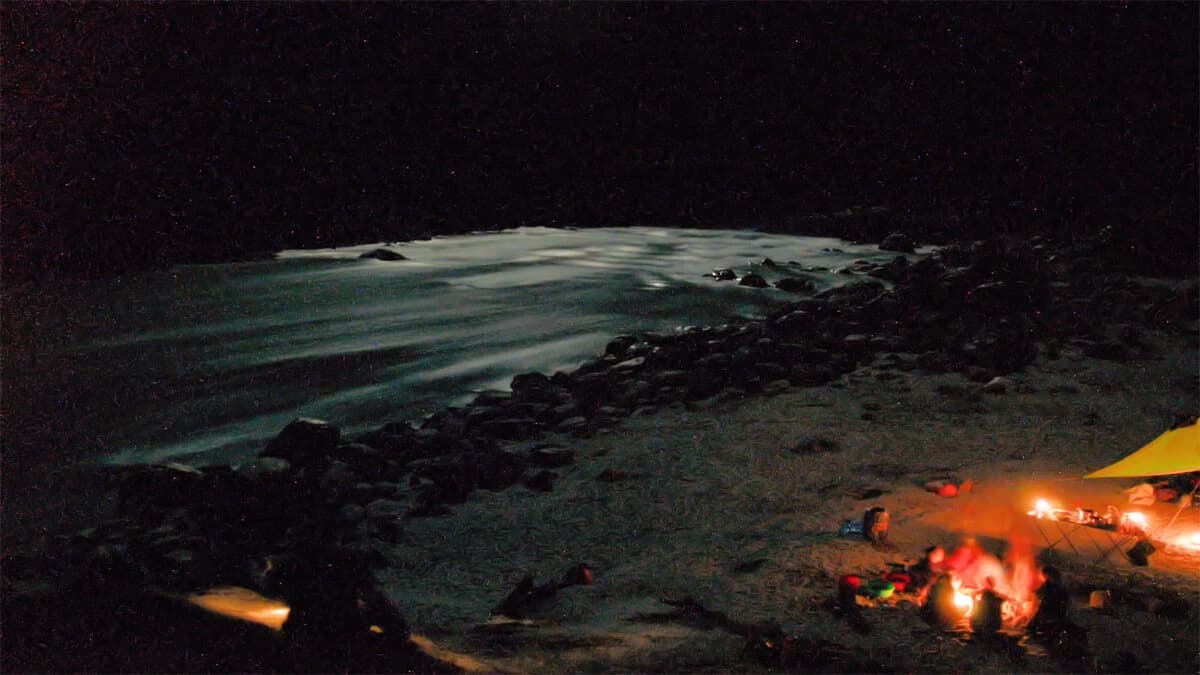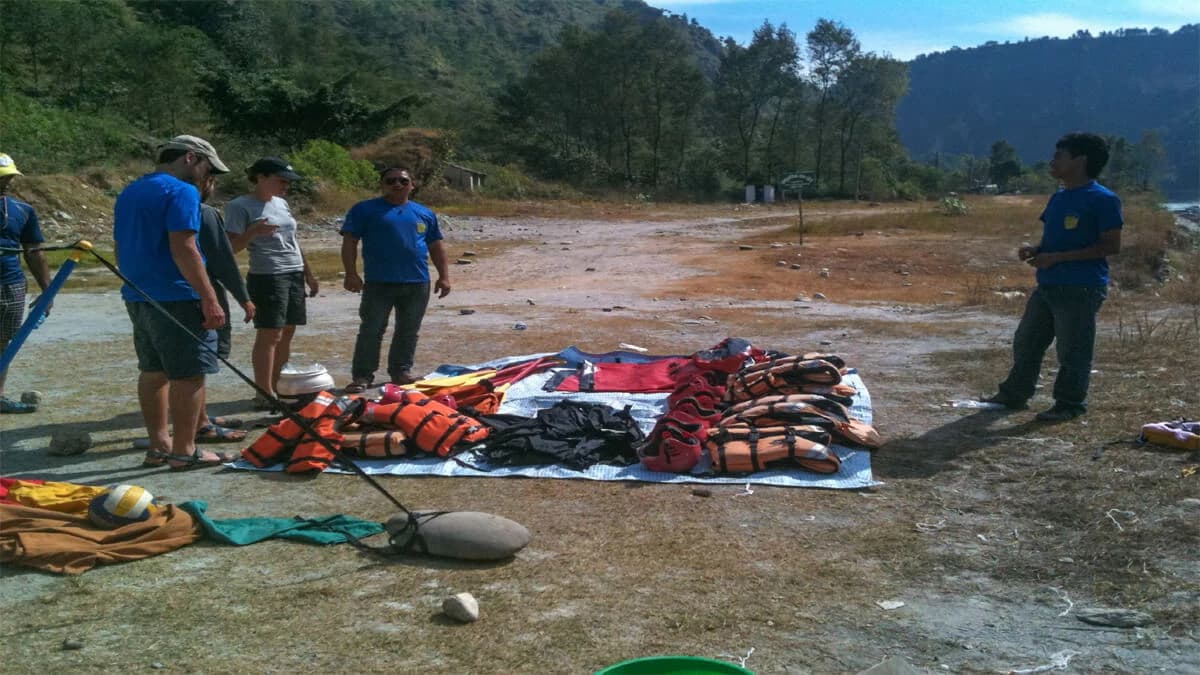Kali Gandaki River Rafting is one of the famous names of Himalayan Rivers, the Kali Gandki raises in mustang an enclave of Nepal poking into Tibet on the other side of the Himalaya. Here it is a flat and braided river flowing in an arid open valley and cuts one of the deepest gorges in the world between Daulagiri height 8167m to the west and Annapurna 8091m to the east.
After the confluence with the Modi Khola the river swings south through an area where until recently tourists where almost unknown. There are few villages actually on the river – most are located on the river terraces some hundreds of meters above. The Kali Gandaki River Rafting is named after the goddess Kali and is considered a particularly holy river.
This is a rewarding river for the bird watcher, you can see mongoose, monkey, and signs of leopard and others.
Accessibility and Location
The trip begins and ends Pokhara to Pokhara-after breakfast early morning from Lakeside, transferred by private transportation to the put in point Maldhunga of the Kali Gandaki River bank (appr. 3 hr.drive) and after 3-day 55 km. wildness expedition trip ends and take out at dam (Mirmi). We serve you lunch there, clean up and load the gear and drive back about (5hr.) journey to Pokhara again. Kali Gandaki rafting trip is ideal for combining with any Annapurna region trekking trip before and after according to your holiday plan.
River Description
The kali Gandaki River is one of the oldest major tributary of Gandaki river system in mid-west of Nepal. Before Himalayan born 70 million years ago, the river was following from the marginal Himalayan range of Tibetan plate it was falling into the tethys sea of Indian Ocean. After Himalayan rage born it cut the valley of Annapurna (8091m) and Dhaulagiri (8167m) massif in between formed deepest gorge in the world. The kali Gandaki river valley route also known as oldest trading route and holy pilgrimage trail to the Muktinath (nirvana centre).
The beautiful sceneries, tumbling waterfalls and grate challenging rapids attract the many whitewater seekers to encounter once upon a time for their rafting experience. This holy river is ideal for medium length wildness expedition and a reward for bird watching and wildlife.
Trip Preparation and pre-departure meeting
Before heading every outdoor trip we would like to request to our guests to be gathered at our office for pre-departure meeting as it is also prime concern to introduce with our team-Trip Leader, Guides, trip staffs and other guests, complete official formalities, discuss about the trip system, timetable and other important matters to make your happy journey successful.
Equipments and Services we provide for the trip
Best quality self-bailing inflatable raft, Whitewater safety helmet, modern plastic paddle, neoprene-wetsuit, PFD-lifejacket, Dry top Jacket, Waterproof Container/Barrel for camera and valuables things, Dry bag, First-Aid Kits and Tents/mass fly sheet and sleeping mat, other necessary camping gear cooking utensils, hygienically prepared food and drinks.
Things you need to bring for the trip
River wear gear: shorts- half pant, T-shirts (long sleep for sun protection), swim wear, Sun Cap/Glass/Cream, personal water bottle, a pair of river sandals.
For the camp site wear: Personal sleeping bag, lightweight shirts, Trouser/pant, under garments socks, a towel, light shoe, Fleece type pullover, flash light, personal toiletries, camera, reading and writing materials, medication recommended by your doctor.
Safety Issue of Kali Gandaki River Rafting
Nepal Trekkin Routes River Rafting team takes safety issues very seriously for every rafting trip and believe every happy outdoor trip is a safe one. Our team members have updated training courses - AR/CPR, Wildness First-Aid and Whitewater Rescue Technician conducted by Rescue 3 International. Besides in every trip also provides expert safety kayaker for rescue and make your rafting journey with us more comfort and enjoyable.
Care of Environment
The care of environment is our prime concern responsibility to protect the wildness resources of Nepal for future generation. We practice and follow minimum impact polices on our every outdoor journey- by using gas or kerosene as a cooking fuel instead of local firewood. Moreover by disposing and cleaning both biodegradable and non-degradable properly from the campsite.



